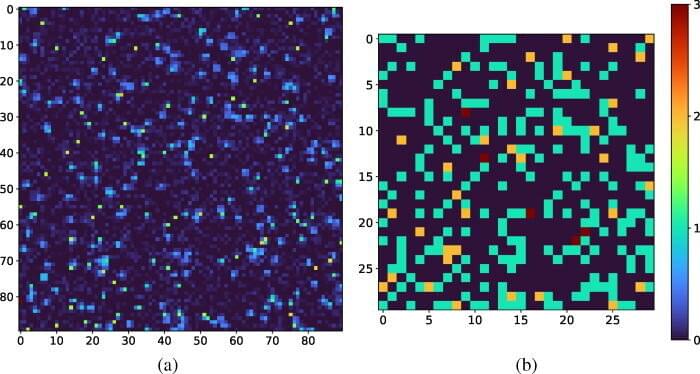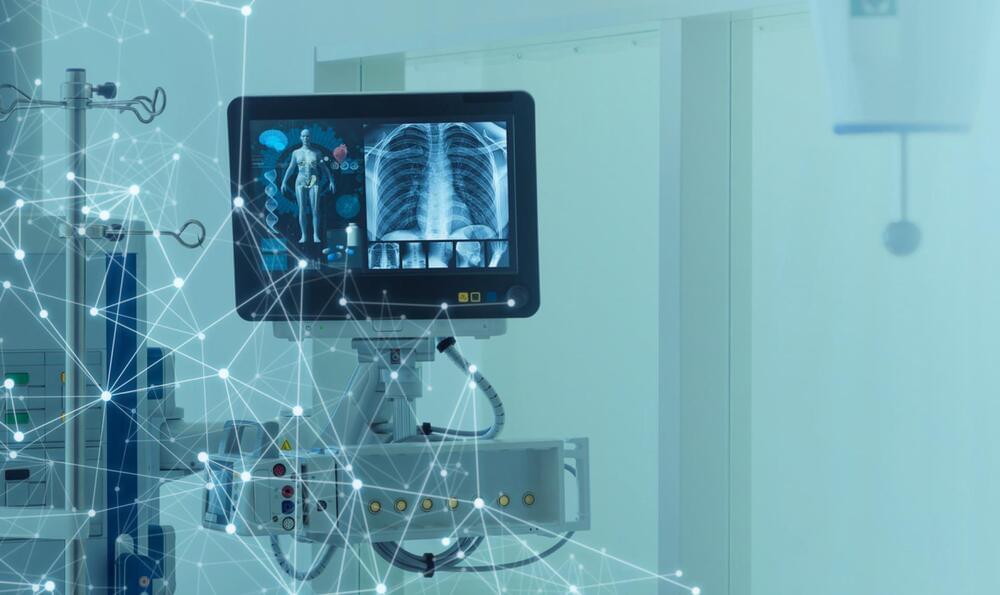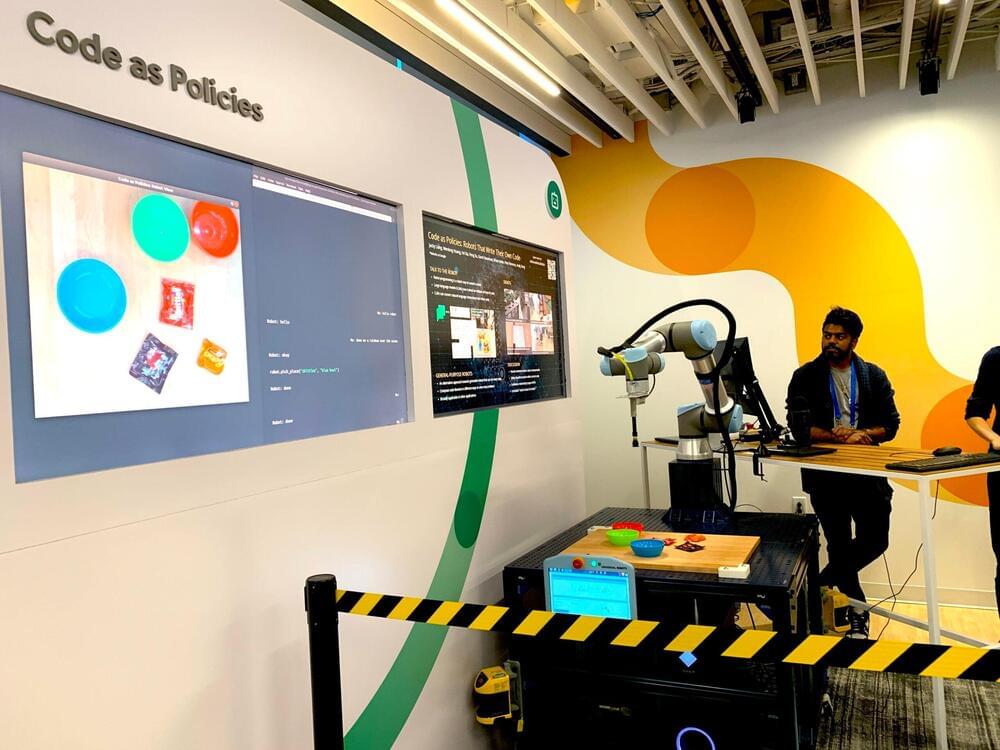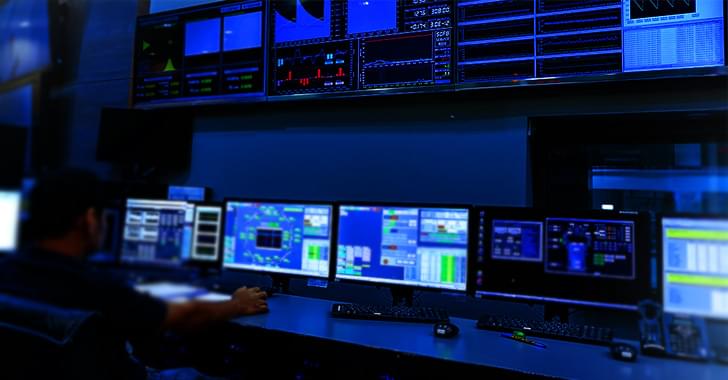Mark Rylance & Trudie Styler on AI, Singularity, Othering, Empathy, and Evolution.
Actor Mark Rylance and director/activist Trudie Styler sit down with Kyle Meredith to talk about Spark Hunter, a new audio drama about the world’s most advanced AI having dinner with her maker over a philosophical discussion to determine if she represents a new hope for the world, or its destruction. The two discuss how the Dalai Lama brought them together, what it means to have standing inside the laws of nature, and the points of othering, racism, empathy, and evolution that the spy-drama digs into. Rylance, who also starred in Ready Player One and Don’t Look Up, and Styler also consider if we’ll ever see singularity or if robots should even aspire to be more human, especially considering folks like Elon Musk and his actions.





